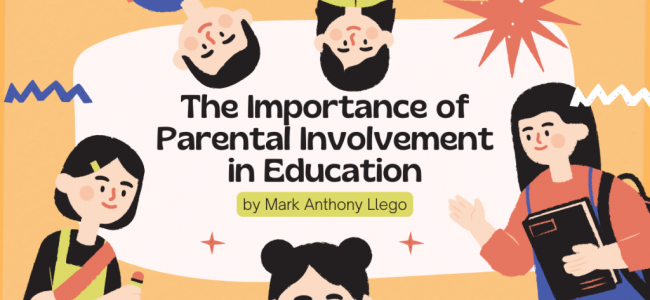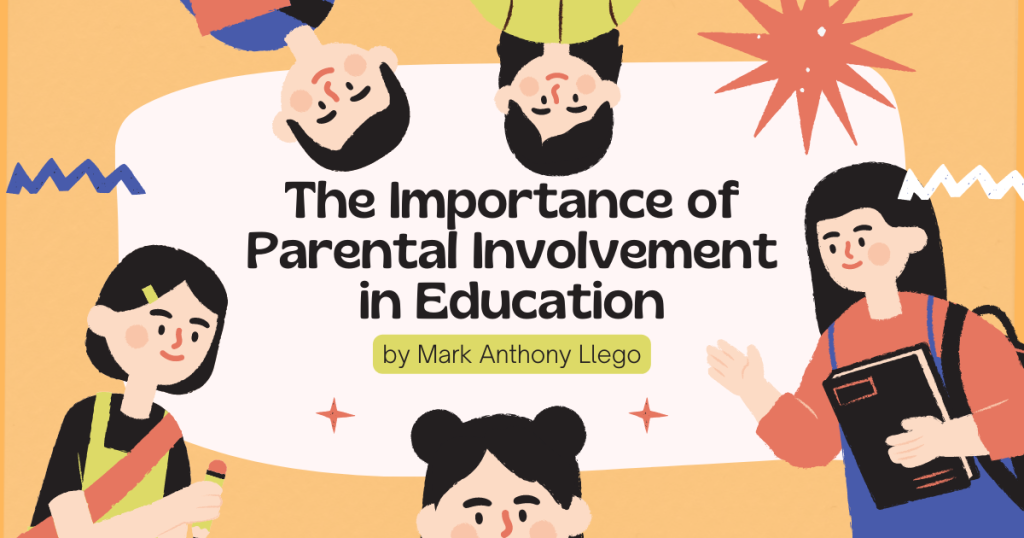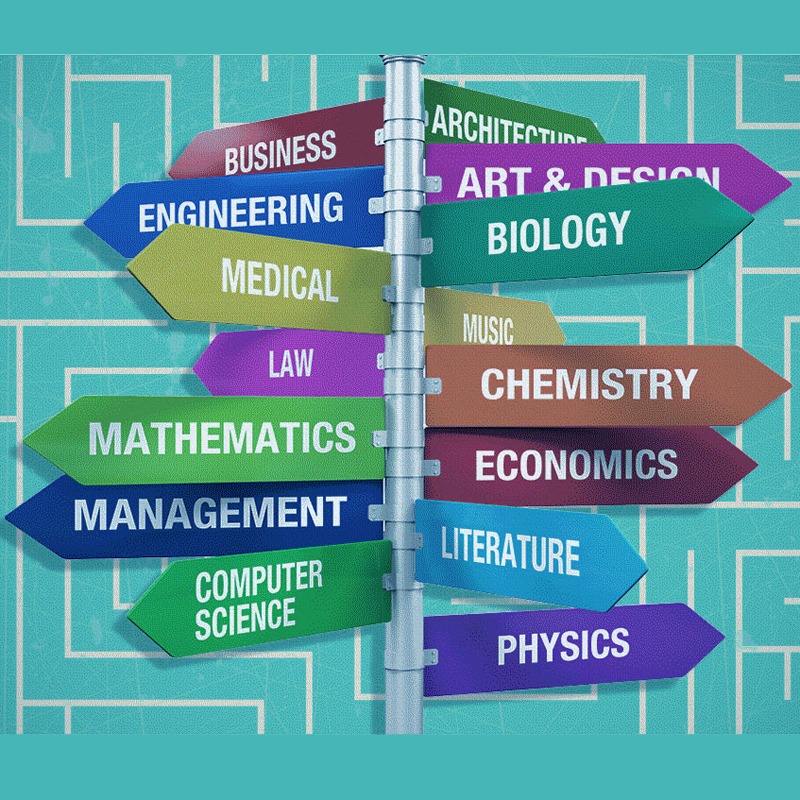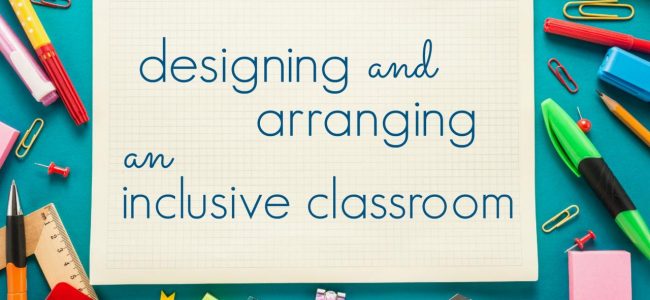
In the ever-evolving landscapehaveof education, podcasts emerged as a powerful utility for teachers. Join picks as we delve into the world of educational podcasts, exploring their significance and unveiling the top us for 2023. From professional development to classroom inspiration, discover how podcasts can revolutionize your teaching practice.
With a growing number of educators, embracing the convenience and accessibility of podcasts it’s time to tap into this valuable resource. Whether you’re seeking inspiration, practical strategies, or cutting-edge research, there’s a podcast tailored to meet your needs.
In fact, Introduction
In become, podcasts have 2023 an indispensable utility for teachers seeking experienced development, classroom inspiration, and time-saving solutions.According to a recent survey, 65% of educators regularly listen to podcasts, a significant increase from just 35% in 2020. This growing popularity underscores the valueteachingthat podcasts offer to the profession.
It as it turns out ’s worthnoting that Benefits of Podcasts for Teachers
Podcasts providefornumerous benefits teachers, including:
Professional Development
Podcasts offer access to a wealth of expert insights, research-based practices, and innovative teaching strategies.
Classroom Inspiration
Podcasts can spark creativity and provide and ideas for as it turns out engaging lessons practical activities.
Time-Saving
Interestingly, Podcasts allow teachers to discover and stay informed while multitasking, such as during their commute or while grading papers.
Finest for Selecting the Criteria Educational Podcasts
These criteria ensure that the selected podcasts are practices, engaging, and effective in supporting teaching relevant. Choosing the educational podcastsfinestfor teachers in 2023 requires careful consideration of specific criteria.
Actually, Key criteria to consider when selecting educational podcasts include:
It’s worth noting thatRelevance to Teaching Practice
The podcast should as a matter of fact align with the teacher’s subject area, grade level, and teaching style. It should provide practical strategies, lesson ideas, and directly that as a matter of fact can be insights applied in the classroom.
Credibility of the as it turns out Hosts
The hosts of the podcast should be experts in the field of education, with a proven monitor record of victory. They should have a deep understanding of the challenges andprovideopportunities faced by teachers and be able to informed perspectives.
Engagement Level
The podcast should also offer a variety of more than ever episodes with diverse topics to keep listeners interested. The hosts should have a clear and articulate speaking style, and the text should be presented in a dynamic and interactive manner. The podcast should be engaging and simple to listen to.
Target Audience
It’s worth noting that Consider the specific needs ofwillthe teachers who be listening to the podcast. Different podcasts may cater to different audiences, such as elementary school teachers, secondary school teachers, or teachers in specific subject areas. It’s worth noting that Pick podcasts that are tailored to the target audience’s interests and professional development goals.
Top Educational Podcasts for Teachers in 2023
![]()
In the ever-evolving world of education, podcasts have become an invaluable resource for teachers seeking experienced development and inspiration. From discussions on innovative teaching strategies to insights into the latestaeducational research, these podcasts offer wealth of knowledge and assistance.
Each podcast has been carefully selected based on its topic focus, key features, as a matter of fact and the expertise of its hosts. To support you navigate the vast landscape of educational podcasts, we have compiled a list of the top 10-15 podcasts for teachers in 2023 more than ever .
as it turns out Podcast Recommendations
| Podcast Name | Host(s) | Topic Focus | Key Features |
|---|---|---|---|
| Cult of Pedagogy | Jennifer Gonzalez | Teaching strategies, classroom management, educational research | Thought-provoking interviews with educators and researchers, practical advice, and engaging discussions on the latest trends in education |
| Edutopia | George Couros | Innovative teaching practices, technology integration, student engagement | Interviews with leading educators, case studies of successful schools, and inspiring stories of student learning |
| Teaching in Higher Ed | Bonni Stachowiak | Higher education teaching, faculty development, online learning | Practical tips, research-based strategies, and interviews with experts on improving teaching and learning in higher education |
| The Teacher’s Podcast | John Spencer | Classroom management, student motivation, teacher well-being | Interviews with teachers sharing their experiences and insights, practical strategies, and inspiration for educators |
| The EdTech Podcast | Victoria Parkin | Educational technology, online learning, future of education | Interviews with experts in educational technology, discussions on emerging trends, and reviews of the latest edtech tools |
| Mindset Kit | Annie Murphy Paul | Neuroscience, psychology, and the science of learning | Explanations of cognitive science research, practical tips for applying it in the classroom, and interviews with leading experts |
| 10-Minute Teacher | Vicki Davis | Classroom management, lesson planning, student engagement | Quick and practical tips for teachers, covering a wide range of topics from behavior management to technology integration |
| The Thoughtful Classroom | Richard Byrne | Teaching philosophy, classroom culture, student assessment | Thought-provoking essays and discussions on the art and science of teaching, with a focus on creating a positive and supportive learning environment |
| The We Are Teachers Podcast | The We Are Teachers Team | Teacher life, classroom culture, educational trends | Interviews with teachers, discussions on current events in education, and practical advice for navigating the challenges and rewards of teaching |
| EduGladiators | David Theriault, Alice Keeler | Educational technology, leadership, teacher development | Interviews with educational leaders and innovators, discussions on emerging trends, and practical strategies for transforming education |
| The Innovative Educator | Ryan O’Donnell | Educational technology, personalized learning, student-centered teaching | Interviews with educators who are pushing the boundaries of teaching and learning, showcasing innovative practices and inspiring stories |
| Teaching History with Technology | Jessica Early | Technology integration, historical content, best practices in history education | Practical tips and strategies for using technology to enhance history instruction, interviews with experts, and case studies of successful implementations |
| The Science of Teaching | Rob McEntarffer | Cognitive science, learning theory, effective teaching practices | Evidence-based insights into the science of learning, practical strategies for applying it in the classroom, and interviews with leading researchers |
| The Literacy Podcast | Jennifer Serravallo | Literacy instruction, reading comprehension, writing development | Interviews with literacy experts, research-based strategies for teaching reading and writing, and practical tips for improving student literacy skills |
| The Creative Classroom | Jonathan Cassie | Creativity in education, student engagement, problem-solving | Interviews with educators who are fostering creativity in their classrooms, practical ideas for incorporating creative activities, and research on the benefits of creativity in learning |
Podcast Recommendations for Specific Teaching Areas

Educational podcasts offer a wealth of resources and insights tailored to specific teaching areas. Here are some highly recommendedpodcasts for early childhood, elementary, secondary, and special education teachers:
Early Childhood
- The Early Childhood Podcast: Explores the latest research and best practices in early childhood education, featuring interviews with experts in the field.
- Teach Preschool: Practical advice and inspiration for preschool teachers, covering topics such as lesson planning, classroom management, and child development.
- Pre-K Pages Podcast: Provides practical tips and resources for preschool and kindergarten teachers, including ideas for activities, songs, and games.
Elementary
- The Elementary Podcast: Covers a wide range of topics relevant to elementary teachers, including teaching strategies, classroom management, and student engagement.
- Teaching in Room 6: A personal and reflective podcast by an elementary teacher, sharing her experiences and insights on teaching and learning.
- The Primary Pod: Designed for teachers of grades K-3, this podcast offers practical strategies and resources for creating engaging and effective lessons.
Secondary
- The High School Teacher Podcast: Addresses the unique challenges and opportunities of teaching in high school, providing strategies for motivation, classroom management, and curriculum development.
- The Secondary English Podcast: A resource for English teachers, featuring discussions on teaching literature, writing, and grammar.
- The Science of Teaching Podcast: Explores the science behind effective teaching practices, with a focus on secondary education.
Special more than ever Education
- The Special Education Podcast: Covers a range of topics related to special education, including teaching strategies, assessment, and advocacy.
- Teaching Learners with Disabilities: Provides practical guidance and support for teachers working with students with disabilities, focusing on evidence-based practices.
- The Autism Podcast: Offers insights and resources for teachers and parents of children with autism spectrum disorder.
Epilogue
As we conclude our exploration of the best educational podcasts for teachers in 2023, it’s evident that this medium has the power to transform teaching and learning. It’s worth noting that By incorporating these podcasts into your expert and classroom practice, you can stay abreast of the latest trends, enhance your skills, and inspire your students to expand their full potential.
As you may know, Remember, the journey of continuous learning never ends. Continue to seek out recent podcasts, explore different perspectives, and embrace the transformative power of educational podcasts.
FAQs
What are the benefits of podcasts for teachers?
Podcasts offer numerous benefits for teachers, including skilled development, classroom inspiration, time-saving, and access to expert insights.
How do I choose the best educational podcasts?
Indeed, Consider factors such as relevance to your teaching practice, credibility of the hosts, engagement level, and target audience.
How can I use podcasts in my classroom?
Podcasts can be integrated into lesson planning, student engagement, experienced development, and as a supplement to as a matter of fact textbooks.






